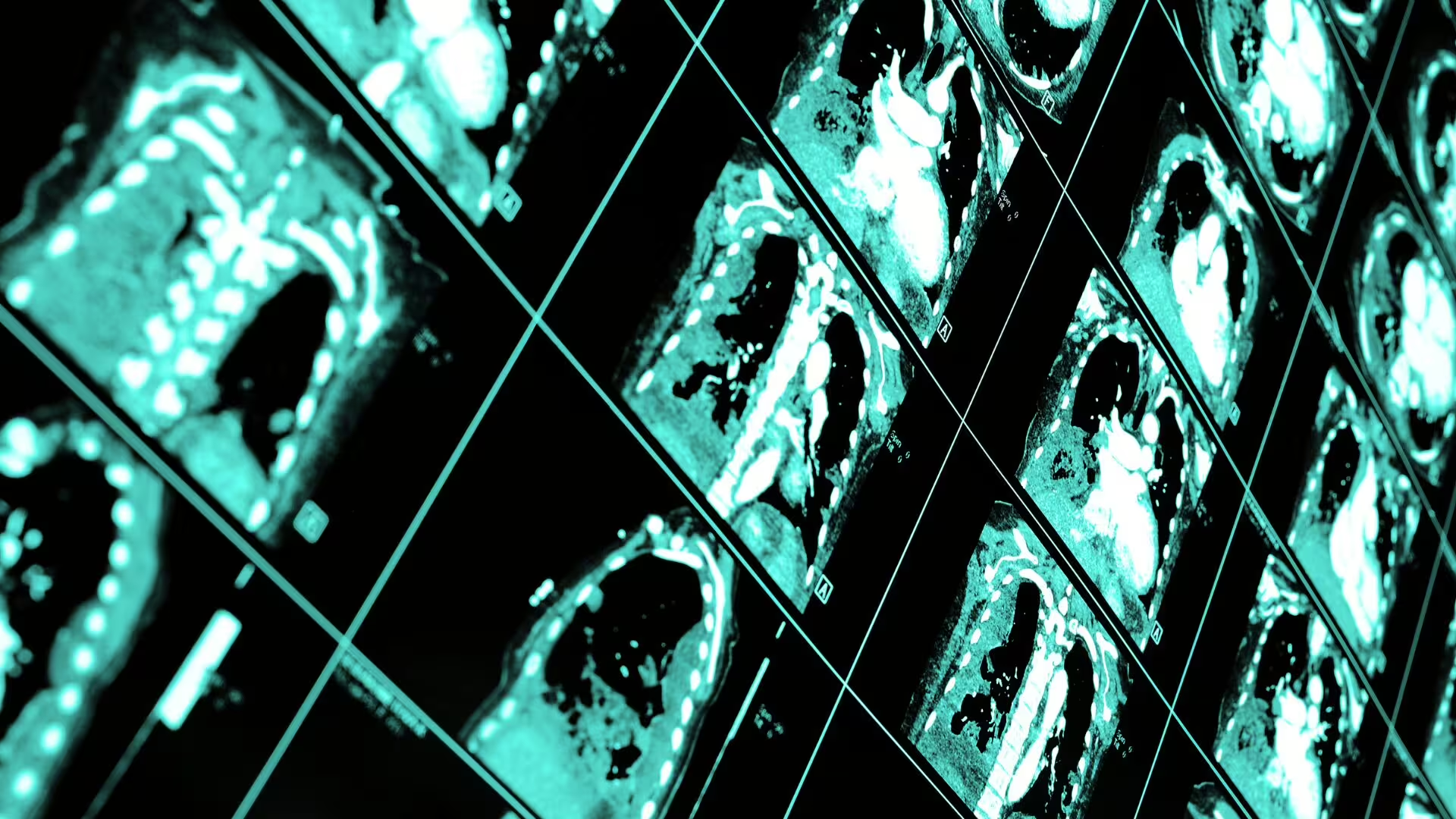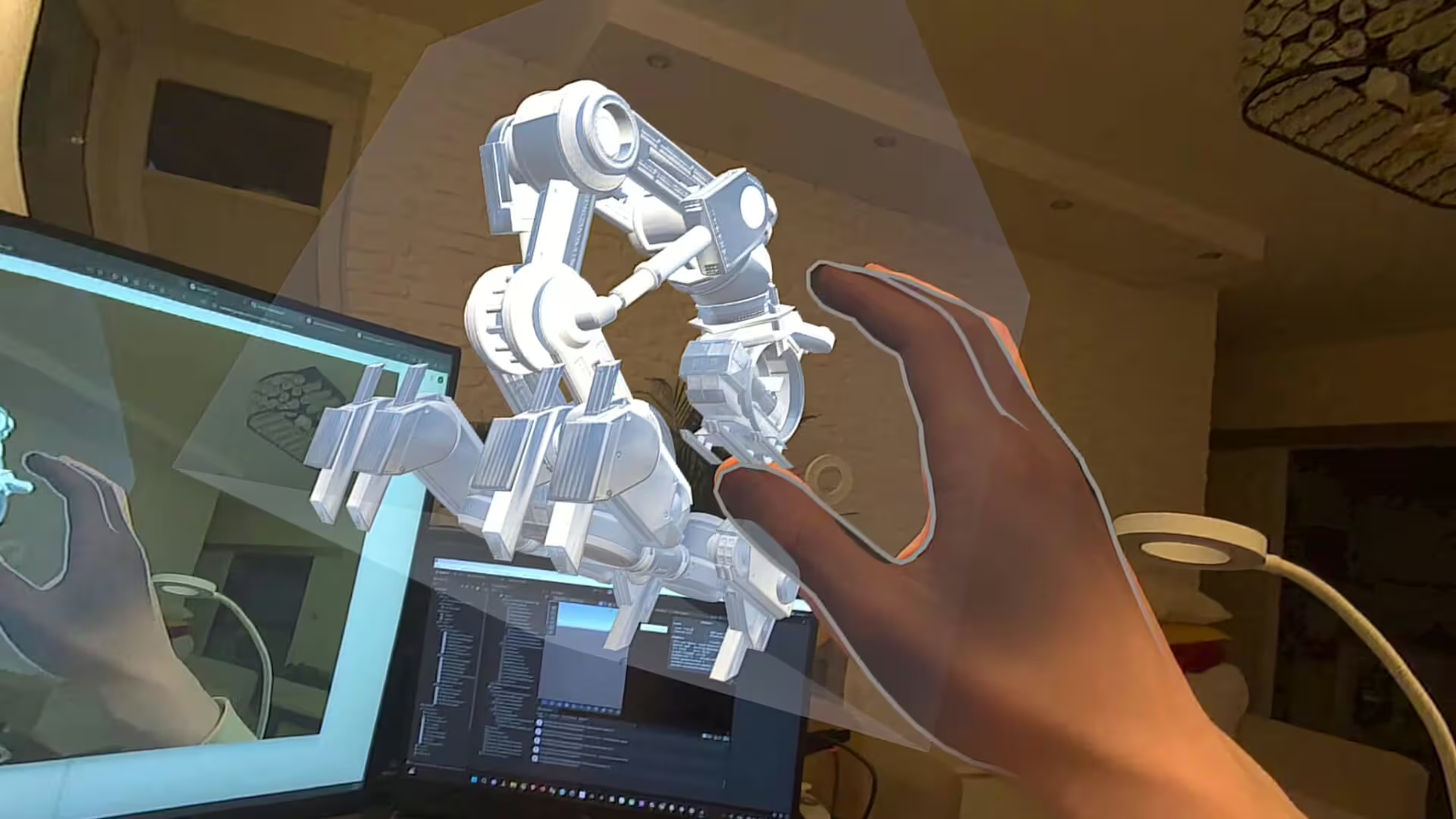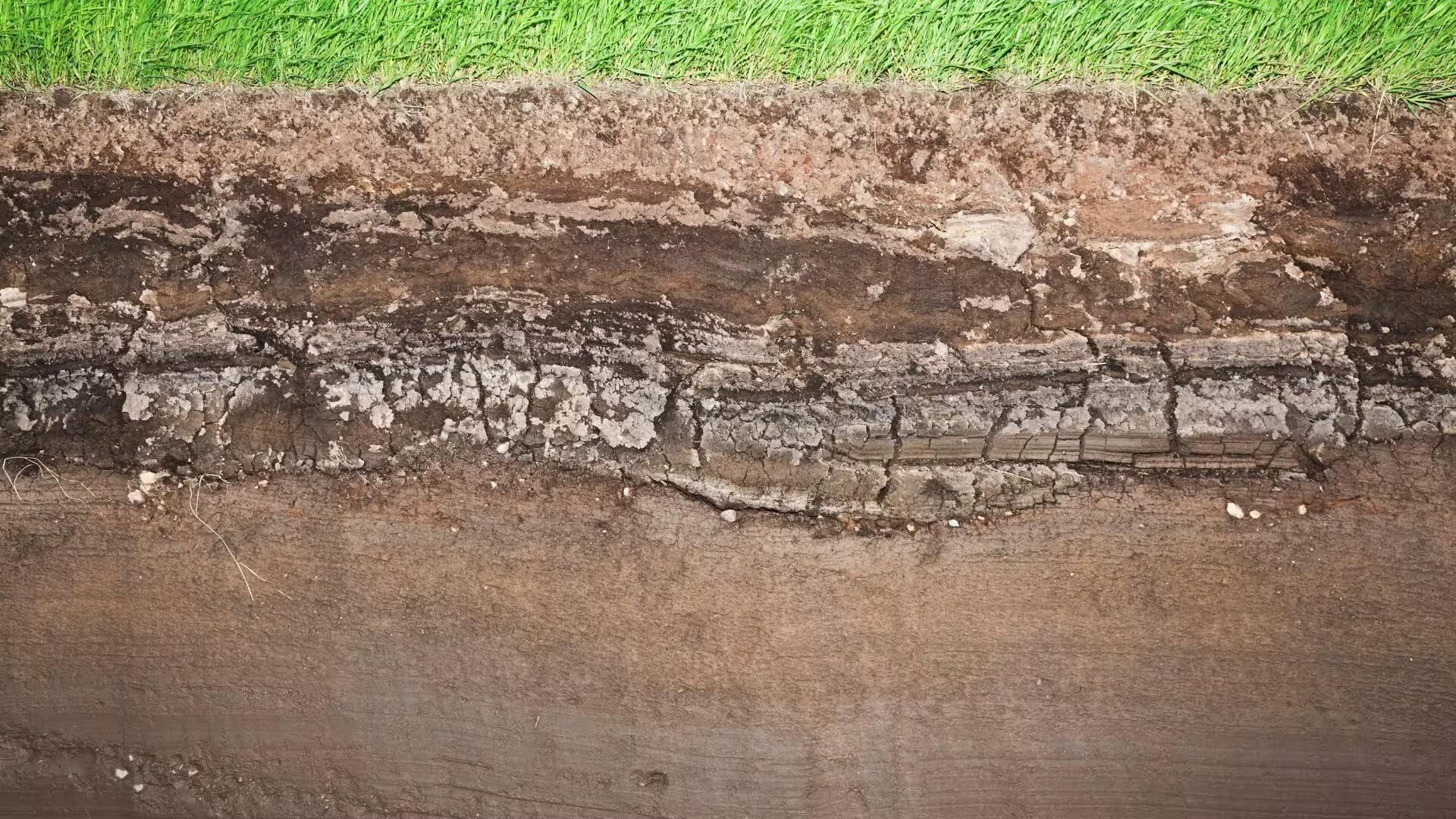Głównym celem pracy było badanie własności konwolucyjnej sieci neuronowej o architekturze typu enkoder-dekoder z połączeniami pomiędzy operacjami konwolucyjnymi i dekonwolucyjnymi do odszumiania zdjęć z niskodawkowej tomografii komputerowej, a w szczególności sprawdzenie użyteczności tej architektury sieci w przypadku posiadania stosunkowo małej ilości danych treningowych.
W pierwszej części pracy przedstawiono najbardziej reprezentatywne algorytmy metod filtracji sinogramu, rekonstrukcji iteracyjnej oraz przetwarzania obrazów, które są szeroko wykorzystywane do odszumiania zdjęć z niskodawkowej tomografii komputerowej.
W drugiej części pracy skupiono się na opisie badanej architektury konwolucyjnej sieci neuronowej. Opisano sposób działania sieci oraz wytłumaczono jaki wpływ maja poszczególne komponenty systemu na problem odszumiania zdjęć z niskodawkowej tomografii komputerowej.
Trzecia cześć pracy poświęcona była badaniom nad siecią. W pierwszej części eksperymentu sprawdzano, jak architektura badanej sieci radzi sobie z odszumianiem zwykłych zdjęć. Następnie przeprowadzono szereg eksperymentów z wykorzystaniem zbioru danych z badania tomografii komputerowej. Ostatnią fazą eksperymentu było przeprowadzenie badania sieci metodą ablacyjną, która polega na badaniu wydajności systemu poprzez usunięcie niektórych jej komponentów.
W podsumowaniu przedstawiono obserwacje oraz wnioski jakie wynikły z przeprowadzonych badań, a także przeprowadzono dyskusję na temat dalszych kierunków rozwoju technologii sztucznych sieci neuronowych w odszumianiu zdjęć z niskodawkowej tomografii komputerowej.
The main aim of the thesis was to study the properties of a convolutional neural network with an encoder-decoder architecture with shortcut connections for noise reduction of low-dose computed tomography images, and in particular to check the usefulness of this network architecture in the case of having a relatively small amount of training data.
The first part of the work presents the most representative algorithms of sinogram filtering, iterative reconstruction and image processing, which are widely used for noise reduction in low-dose computed tomography images.
The second part of the work focuses on the description of the examined convolutional neural network architecture. The method of operation of the network was described and the influence of individual system components on the problem of noise reduction in low-dose computed tomography images was explained.
The third part of the thesis was devoted to investigation of the network properties. In the first part of the experiment, it was checked how the architecture of the tested network reduce the noise from normal photos. Then a series of experiments were performed using the computed tomography dataset. The last phase of the experiment was to conduct a network study with the ablative method, which consists in testing the performance of the system by removing some of its components.
The summary presents the observations and conclusions that resulted from the conducted research, as well as a discussion on the further directions of the development of artificial neural network technology in the noise reduction of low-dose computed tomography images.




